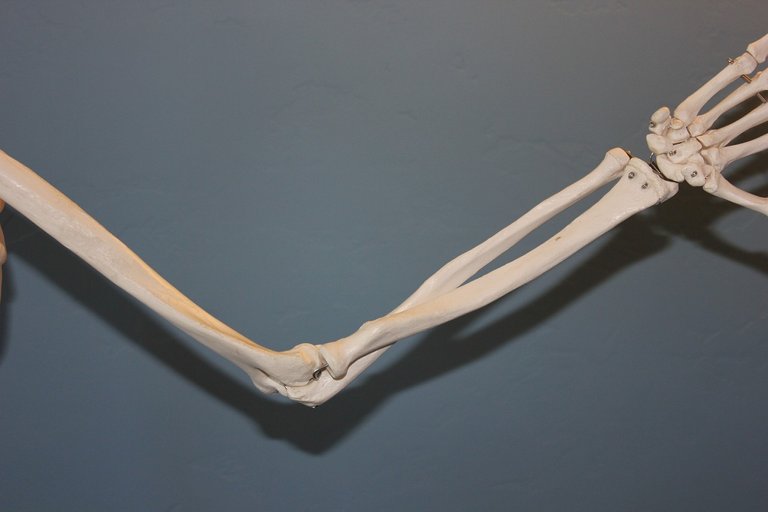
Overview
The elbow is a pivotal hinge joint that connects the upper arm to the forearm, enabling a wide range of movements from waving to lifting. It's essential for many daily activities, and understanding its anatomy is helpful for diagnosing and treating injuries effectively.
Basic Anatomy of the Elbow Joint
The elbow joint, or articulatio cubiti, is a synovial joint located in the upper limb between the arm and the forearm. It's responsible for the flexion and extension of the forearm.
Components of the Elbow Joint
- Bones: The elbow joint is formed by the articulation of three bones:
- Humerus: The upper arm bone.

- Radius: One of the forearm bones, located on the thumb side.
- Ulna: The second forearm bone, on the pinky side.
- Ligaments: These include the ulnar collateral ligament, radial collateral ligament, and annular ligament, providing stability to the joint.
- Muscles: Major muscles involved are the biceps brachii, brachialis, and brachioradialis for flexion; and the triceps brachii for extension.
- Tendons: These connect muscles to bones, with the biceps tendon and triceps tendon being key players.
- Nerves: The main nerves are the radial, median, and ulnar nerves, supplying sensation and motor function.
- Blood Vessels: The elbow's blood supply comes from branches of the brachial artery.
Functions of the Elbow Joint
The elbow joint allows for the flexion and extension of the forearm, enabling us to perform tasks like lifting, throwing, and hugging.
Bones of the elbow joint:
Humerus
- Structure and Location: The humerus is the long bone of the upper arm, extending from the shoulder to the elbow. It has two main parts relevant to the elbow joint: the trochlea and the capitulum. The trochlea is a grooved structure that articulates with the ulna, while the capitulum is a rounded knob that articulates with the radius.
- Role in Elbow Movement: The humerus serves as the anchor for muscles that move the forearm. The trochlea and capitulum allow for the hinge-like movements of flexion and extension at the elbow.
Radius
- Structure and Location: The radius is one of the two bones of the forearm, located on the thumb side when the hand is facing forward. It extends from the lateral side of the elbow to the thumb side of the wrist.
- Articulation with the Humerus and Ulna: At the elbow, the head of the radius articulates with the capitulum of the humerus, allowing for the rotation of the forearm (pronation and supination). It also articulates with the radial notch of the ulna at the proximal radioulnar joint.
Ulna
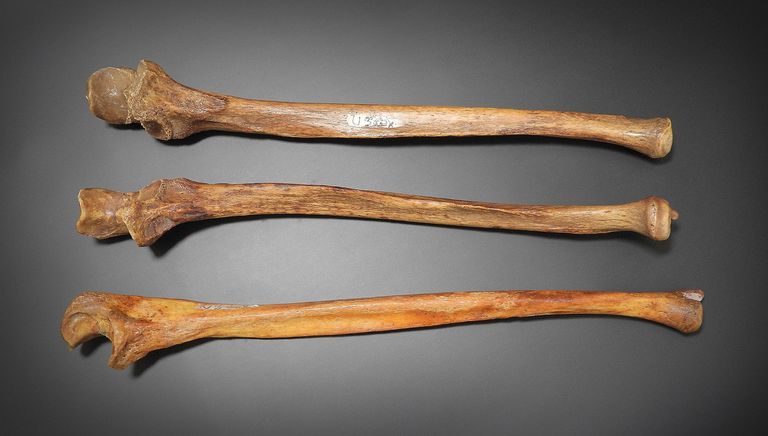
https://commons.m.wikimedia.org/wiki/File:Ulna_-_lateral,_anterior
- Structure and Location: The ulna is the longer, medial bone of the forearm when in the anatomical position. It runs parallel to the radius and extends from the elbow to the smallest finger.
- Articulation with the Humerus and Radius: The ulna's trochlear notch articulates with the humerus's trochlea, forming the primary hinge of the elbow joint. The proximal end of the ulna also forms the proximal radioulnar joint with the radius, which contributes to the forearm's rotation.
These three bones work together to give the elbow joint its stability and range of motion, allowing us to perform a variety of actions with our hands and arms.
The ligaments and muscles that contribute to the elbow joint's function:
Ligaments of the Elbow Joint
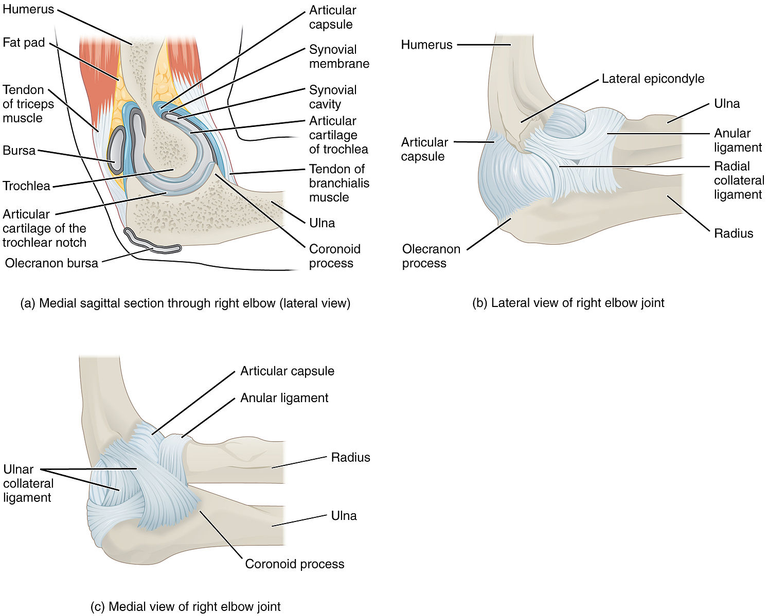
https://commons.m.wikimedia.org/wiki/File:915_Elbow_Joint.
The elbow joint is supported by several key ligaments that provide stability and facilitate movement:
- Medial Collateral Ligament (MCL): Also known as the ulnar collateral ligament, it extends from the medial epicondyle of the humerus to the coronoid process and olecranon of the ulna.
- Lateral Collateral Ligament (LCL): This ligament, originating from the lateral epicondyle of the humerus, fans out to attach to the annular ligament and the ulna.
- Annular Ligament: Encircling the head of the radius, this ligament allows the radius to pivot during pronation and supination of the forearm.
- Ulnar Collateral Ligament: It reinforces the medial aspect of the elbow joint, attaching from the medial epicondyle of the humerus to the ulna.
Muscles of the Elbow Joint
The elbow joint is moved by a series of muscles that either flex or extend the forearm:
- Flexor Muscles:
- Biceps Brachii: This two-headed muscle runs from the shoulder to the radius, flexing the elbow when contracted.
- Brachialis: Located beneath the biceps, it attaches to the ulna and flexes the elbow.
- Brachioradialis: Originating from the humerus and inserting into the radius, it assists in flexing the elbow, especially when the forearm is in a mid-pronated/supinated position.
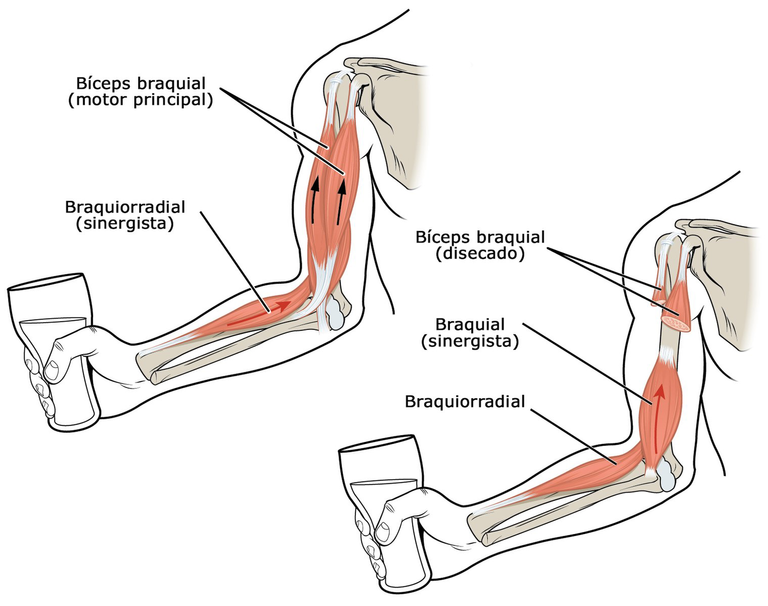
https://commons.m.wikimedia.org/wiki/File:Biceps_Muscle_CNX_esp
- Extensor Muscles:
- Triceps Brachii: The primary extensor of the elbow, this muscle has three heads and attaches to the olecranon of the ulna.
- Anconeus: A small muscle at the elbow's posterior aspect, it assists the triceps in extending the elbow.
These structures work in concert to allow the elbow to function smoothly as a hinge joint, enabling the forearm to move in flexion and extension.
The elbow joint is a complex structure innervated by several nerves that provide the muscles with the ability to move and the skin with sensation. Here's a closer look at the nerves and blood vessels associated with the elbow joint, as well as the movements it facilitates:
Nerves of the Elbow Joint
- Radial Nerve: This nerve runs along the thumb side of the arm and is responsible for extending the wrist and fingers. It also provides sensation to part of the hand.
- Ulnar Nerve: Often known as the "funny bone" nerve, it travels along the pinky side of the arm and controls the fine movements of the fingers.
- Median Nerve: This nerve passes down the middle of the arm and forearm and into the hand. It controls the muscles that flex the fingers and thumb and provides sensation to the palm.
Blood Vessels of the Elbow Joint

- Brachial Artery: The main vessel supplying blood to the arm, which continues from the shoulder down to the elbow, where it branches into smaller arteries.
- Radial Artery: One of the two main arteries that run along the forearm, it supplies blood to the lateral aspect of the forearm and hand.
- Ulnar Artery: The other main artery in the forearm, running along the medial side, supplying blood to the forearm and the pinky side of the hand.
Movements of the Elbow Joint
- Flexion: Bending the elbow, decreasing the angle between the forearm and the upper arm.
- Extension: Straightening the elbow, increasing the angle between the forearm and the upper arm.
- Pronation: Rotating the forearm so the palm faces downwards.
- Supination: Rotating the forearm so the palm faces upwards.
These movements are essential for the dexterity and range of motion in our arms, allowing us to perform tasks from lifting objects to turning door knobs.
Clinical Correlates
Elbow joint disorders can be quite uncomfortable and affect daily activities. Here's a brief overview of the common ones you've mentioned:
Tennis Elbow (Lateral Epicondylitis)
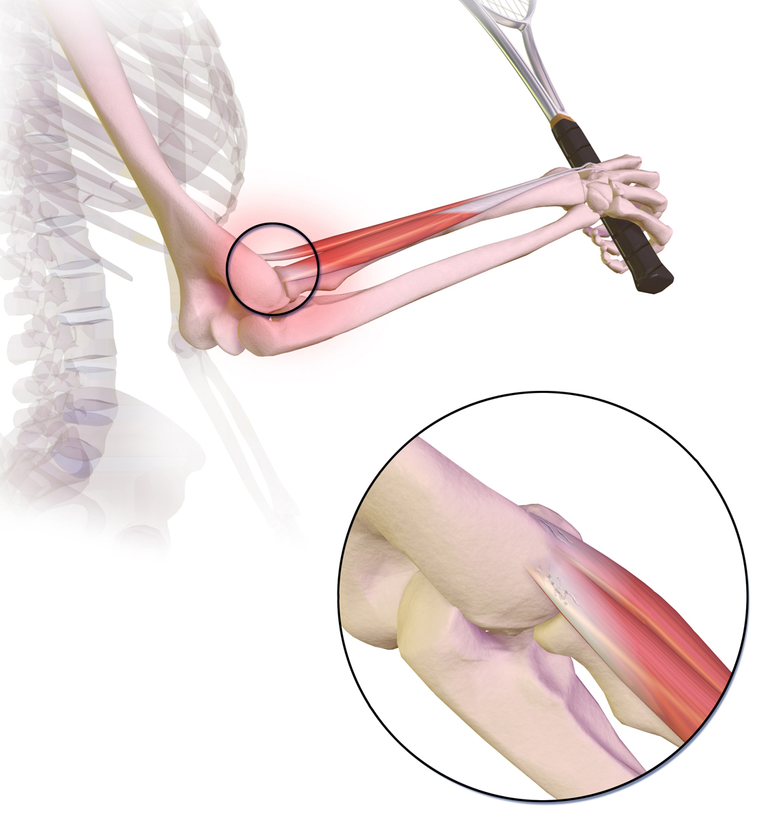
This condition is caused by overuse of the muscles and tendons in the elbow, particularly with repeated motions of the wrist and arm. It's characterized by pain and tenderness on the outside of the elbow, which may worsen with gripping or lifting.
Golfer's Elbow (Medial Epicondylitis)
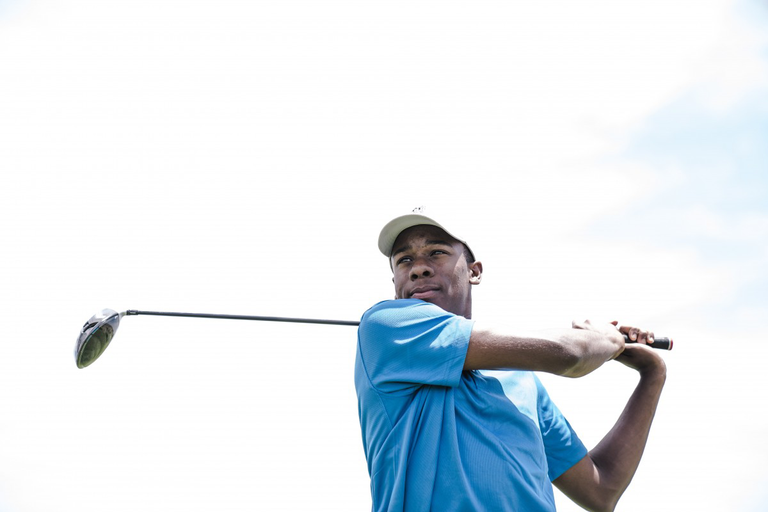
Olecranon Bursitis
This condition involves inflammation of the olecranon bursa located at the tip of the elbow. It can be caused by trauma, prolonged pressure, infection, or certain medical conditions, leading to swelling, pain, and sometimes redness.
Cubital Tunnel Syndrome
Cubital tunnel syndrome occurs when the ulnar nerve, which runs through a tunnel on the inside of the elbow, becomes compressed. This can cause numbness and tingling in the ring and little fingers, elbow pain, and weakness in the hand.
If you're experiencing symptoms of these conditions, it's important to consult a healthcare professional for proper diagnosis and treatment. Rest, ice, anti-inflammatory medications, and physical therapy are common non-surgical treatments, but in some cases, surgery may be necessary. Remember, this information is for educational purposes and should not replace professional medical advice
And this is the end of this topic, see you next on the anatomy series of the upper limb
References
(1) Tennis elbow - Symptoms and causes - Mayo Clinic. https://www.mayoclinic.org/diseases-conditions/tennis-elbow/symptoms-causes/syc-20351987.
(2) Lateral Epicondylitis (Tennis Elbow) - Shoulder & Elbow - Orthobullets. https://www.orthobullets.com/shoulder-and-elbow/3082/lateral-epicondylitis-tennis-elbow.
(3) Medial Epicondylitis (Golfer's Elbow) - Orthobullets. https://www.orthobullets.com/shoulder-and-elbow/3083/medial-epicondylitis-golfers-elbow.
(4) Golfer’s Elbow (Medial Epicondylitis) - Overview - Mayo Clinic .... https://sportsmedicine.mayoclinic.org/condition/golfers-elbow-medial-epicondylitis/.
(5) Elbow (Olecranon) Bursitis - OrthoInfo - AAOS. https://orthoinfo.aaos.org/en/diseases--conditions/elbow-olecranon-bursitis/.
(6) What is cubital tunnel syndrome?. https://microsoftstart.msn.com/en-us/health/ask-professionals/in-expert-answers-on-carpaltunnelsyndrome/in-carpaltunnelsyndrome?questionid=h0nzko5r&type=condition&source=bingmainline_conditionqna.
(7) Cubital Tunnel Syndrome | Johns Hopkins Medicine. https://www.hopkinsmedicine.org/health/conditions-and-diseases/cubital-tunnel-syndrome.
(8) Olecranon Bursitis: Symptoms, Causes, and Treatment | Patient. https://patient.info/bones-joints-muscles/olecranon-bursitis-students-elbow.
(9) Olecranon bursitis - Wikipedia. https://en.wikipedia.org/wiki/Olecranon_bursitis.
(10) Cubital Tunnel Syndrome: Causes, Symptoms & Treatment - Cleveland Clinic. https://my.clevelandclinic.org/health/diseases/21997-cubital-tunnel-syndrome.
(11) Ulnar Nerve Entrapment at the Elbow (Cubital Tunnel Syndrome). https://orthoinfo.aaos.org/en/diseases--conditions/ulnar-nerve-entrapment-at-the-elbow-cubital-tunnel-syndrome.
(12) Tennis Elbow (Lateral Epicondylitis) - OrthoInfo - AAOS. https://orthoinfo.aaos.org/en/diseases--conditions/tennis-elbow-lateral-epicondylitis/.
(13) Golfer's elbow - Symptoms and causes - Mayo Clinic. https://www.mayoclinic.org/diseases-conditions/golfers-elbow/symptoms-causes/syc-20372868.
(14) Elbow joint: Anatomy, ligaments, movements, blood supply | Kenhub. https://www.kenhub.com/en/library/anatomy/elbow-joint.
(15) The Elbow Joint - Structure - Movement - TeachMeAnatomy. https://teachmeanatomy.info/upper-limb/joints/elbow-joint/.
(16) Elbow Joint: Anatomy, Function & Common Conditions - Cleveland Clinic. https://my.clevelandclinic.org/health/body/elbow-joint.


